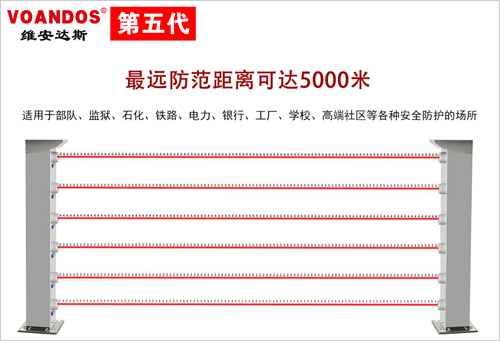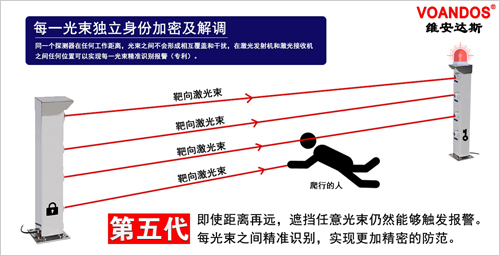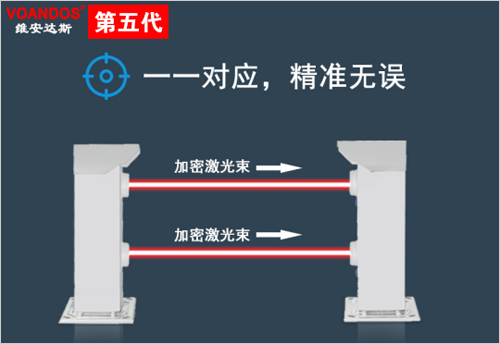In the investment casting industry, steel castings are the most used castings in the manufacturing industry, and are widely used in equipment, agricultural machinery, machining, and automobile industries. Metal castings can produce parts with complex shapes, but there are also requirements for the design of the product structure. In the case of meeting the requirements of use, it should also try to comply with the casting process. For example, in the structural design, care should be taken not to have thin walls, which may easily lead to dissatisfaction with pouring or product deformation; for example, try not to have sharp corners, try to use radian transitions; and try not to appear small and deep blind holes, It will cause great trouble for foundry sand cleaning. Of course, there are many other structural problems. We will improve and optimize the product structure according to the customer's drawings without changing the customer's functional use, so as to maximize the product qualification rate and production efficiency. In some cases where the structure cannot be changed, we will also perform some follow-up processing after casting according to actual problems, so that the expected results can also be achieved.




Casting Steel,Casting Investments,Castings Services,Wax Casting,Casting Metal,Contact Castings,Sand Casting,Cast Metal,Small Castings
Shenzhen SCZY Technology Co.,Ltd , https://www.szsccasting.com
